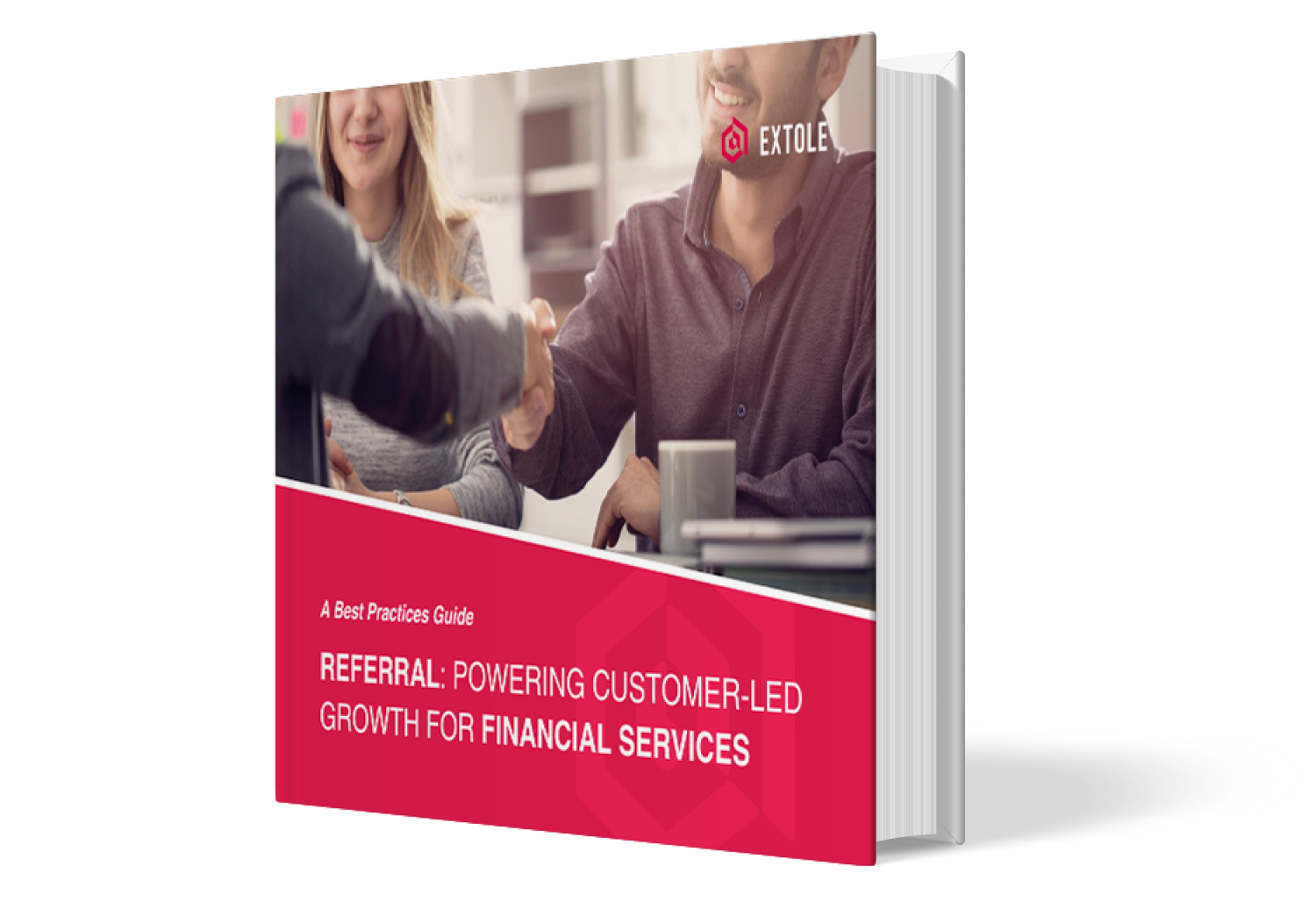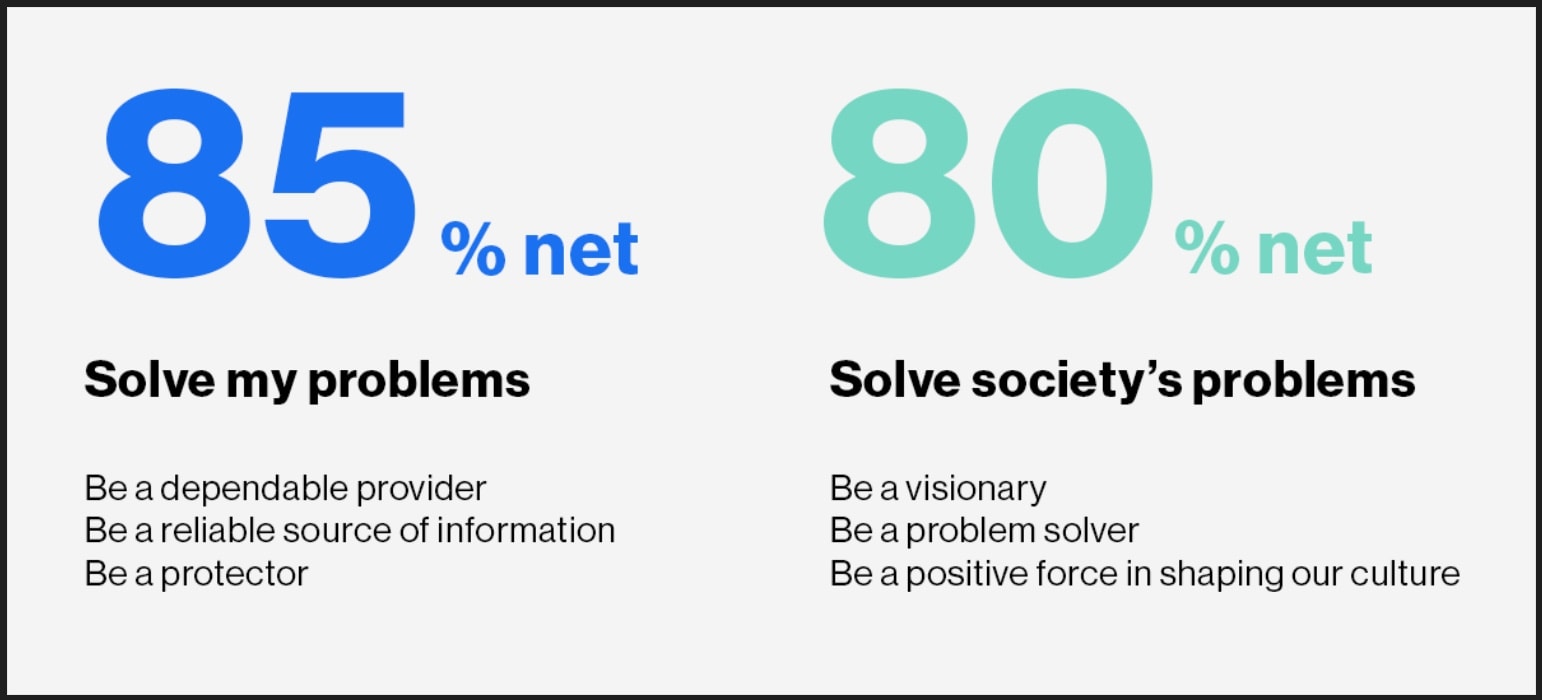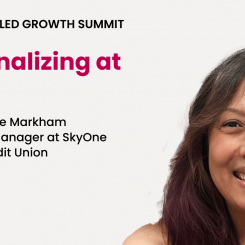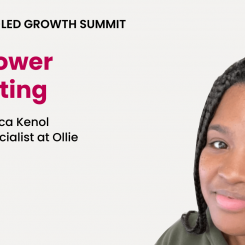While the average year-on-year growth rate for companies is between 15 to 45 percent, the PayPal referral program helped the company hit an astonishing average annual increase of 1,650 percent. They hit 1 million users just two years after its founding in 1998 and skyrocketed to 100 million six years later – all before the age of social media! Today, PayPal is currently on track to reach 750 million users by 2025.
PayPal co-founder Peter Thiel noted in his book Zero to One that the company decided to use referral marketing to reach their “critical mass” of 1 million users because traditional advertising “was too ineffective to justify the cost.” So, they gave new customers $10 for joining and then $10 for every friend they referred – and saw an average daily growth rate of 7 to 10 percent.
While plenty of companies use financial incentives in their referral marketing programs, few see the growth size PayPal achieved. We’ll walk you through the key strategic factors that made the PayPal refer-a-friend program such a hit and how you can use them to drive the growth of your own referral marketing.
1. PayPal Used a Double-Sided Reward Structure
Instead of just offering the referring user a reward in its referral program, PayPal rewarded both the referring user and the new user. It’s easier to generate referrals when both parties know they’ll get a perk, and PayPal quickly grew its consumer base. Also, as noted in the Journal of Marketing Research, referred customers “exhibit higher margins and lower churn than customers acquired through other means.” So, it makes strategic sense to give them something extra upfront to rapidly drive that brand loyalty.
Offering rewards to more users actually helped PayPal to keep offering them – the more referrals who started using PayPal services, the more PayPal profited from payment transaction fees.
How modern marketers can use this tactic
Double-sided rewards are a faster way to incentivize new referrals to use your product or service because they’ve received a perk that makes purchasing more appealing. For example, giving them a discount or gift card means they’ll spend less of their own money up front, so it motivates quicker purchasing. And the sooner they see value from your brand, the sooner they’ll be willing to refer others to it.
A smart way to get the most for your money with double-sided rewards is to emphasize the idea of consumers being able to receive a benefit themselves and also extend one to their friends and family – both parties win. Try connecting this messaging to holidays where consumers are primed for the giving spirit, such as around Thanksgiving or Christmas.
2. PayPal Targeted a Specific Niche
PayPal concentrated its marketing efforts on eBay sellers. eBay was quickly growing, and its many sellers stood to benefit from the service PayPal was offering. Sellers were so satisfied with PayPal’s services that, in addition to participating in the referral program, many of them placed PayPal ads on their store webpages to further spread the word and improve the quality of transactions on eBay. PayPal became so popular with eBay users that the company stopped its own payment service and ended up buying PayPal for $1.5 billion in 2002.

Source: Vox
This boost in PayPal’s user base, credibility, and company value was a direct result of using their marketing resources to capture a strategic market segment.
How modern marketers can use this tactic
Once you determine who stands to benefit the most from your products or services, you can adjust your referral program to include unique messaging and rewards specifically designed to capture their attention and business. Trying to appeal to every demographic at once is difficult and often ineffective, so focusing on a smaller segment that’s likely to have an interest in your brand is the best way to maximize your time and resources.
You also want to promote how your company’s products or services fill gaps in the current market. As Raqhelle Millbrooks writes in her Entrepreneur article “How to Market in a Niche Industry,” studying your competitors’ markets, demographics, and products and services “opens doors to opportunities to find what consumers are missing and capitalize on it.”

Expand Your Finserv Customer Base With Referral Marketing
The Finserv market is growing at a furious pace. Leverage your advocates to capture new clients and drive more growth.
Get the Guide3. PayPal Offered Incentives Tied to Their Value Proposition
While it’s not a secret people like getting free money, PayPal’s decision to offer financial rewards had additional strategic value because it reinforced their company’s service: easy money transfers. The rewards didn’t just make consumers happy; they also aligned with PayPal’s purpose and demonstrated how convenient PayPal was to use.
How modern marketers can use this tactic
The PayPal refer-a-friend program offered consumers rewards they found valuable, and that also made sense for what the company did.
While financial incentives arguably make sense in every industry, there are still cons to using them in a referral marketing program. One of them, as Thiel notes in his book, is a lack of sustainability: “When you pay people to be your customers, exponential growth means an exponentially growing cost structure.”
Additionally, consumer expectations for brands are changing. As Edelman found in its Brand Trust in 2020 report, 85% of surveyed respondents want brands to solve their problems, and 80% want them to solve society’s problems. People want to support brands that help them and others, not ones that just hawk discounts to boost their bottom line.

To establish authenticity and provide more relevant value to today’s consumers in your referral marketing, try adding non-financial incentives. These can be anything from sneak previews of new collections to thought leadership content on relevant topics of interest to your consumers.
In terms of helping society, a strategic referral program reward that builds brand trust could be donating products, services, or volunteer time to a charitable cause every time a new user is referred. You can also include a nominate-a-friend activity that allows users to recommend deserving peers (e.g., frontline workers) for free prizes.
4. PayPal Experimented with Influencer Marketing
As we mentioned before, eBay sellers felt so positive about PayPal’s services they were willing to post PayPal ads on their own webpages to drive web traffic and boost user growth. Having these passionate brand advocates market PayPal to their target audience was PayPal’s early-2000s version of influencer marketing. It worked because people in the eBay community trusted recommendations from each other, so PayPal was seen as more credible, and interest spread rapidly.
How modern marketers can use this tactic
The backbone of influencer marketing today is user-generated content (UGC) on social media platforms like Instagram. Company partnerships with micro-influencers – users with 10,000 to 100,000 followers – have increased 300 percent since 2016, which makes sense considering that 71 percent of consumers are more likely to purchase products based on social media referrals. Including UGC in your referral marketing program makes your brand seem more credible since the recommendation is coming from people consumers already like and trust. Additionally, sharing UGC frees up your marketing team to focus on priorities other than content creation.
You can also boost positive UGC about your brand by asking users to create videos, posts, or web reviews for a chance to be featured on your page and in your referral program content. While not all users following your brand will meet the definition of an influencer, showcasing creative content from people who love your brand still boosts authenticity and makes those consumers feel appreciated and celebrated. This furthers brand loyalty, which, as Extole CEO Matt Roche notes, “isn’t just the willingness to spend, it’s the willingness to talk about your brand.”
5. PayPal Defied the Marketing Status Quo
PayPal’s decision to forgo traditional advertising and sponsored partnerships with big banks was unconventional at the time, but it paid off. Their decision to take a risk and try a new approach propelled them forward, and they still remain a fintech leader today because of that willingness to innovate.
How modern marketers can use this tactic
One strategic way to create an innovative referral program is by using a tiered referral program structure. Saasquatch’s State of Referral Marketing 2020 report notes that just 13 percent of respondents utilized tiers with different rewards for different referrals even though “they present the opportunity for a better return on investment and more program engagement.” The gamification element of a tiered program generates more consumer investment in participating and offers something different to consumers – which sets your brand apart from other referral programs.
Generate Continuous Business with Your Referral Marketing
You don’t need to give away hundreds of thousands for your referral program to succeed. Like PayPal, you can build lasting brand loyalty that drives word-of-mouth referrals with smart targeting and creative rewards that add value to the consumer experience.
Schedule a demo to learn how Extole can help you manage your referral marketing program as your business scales.




